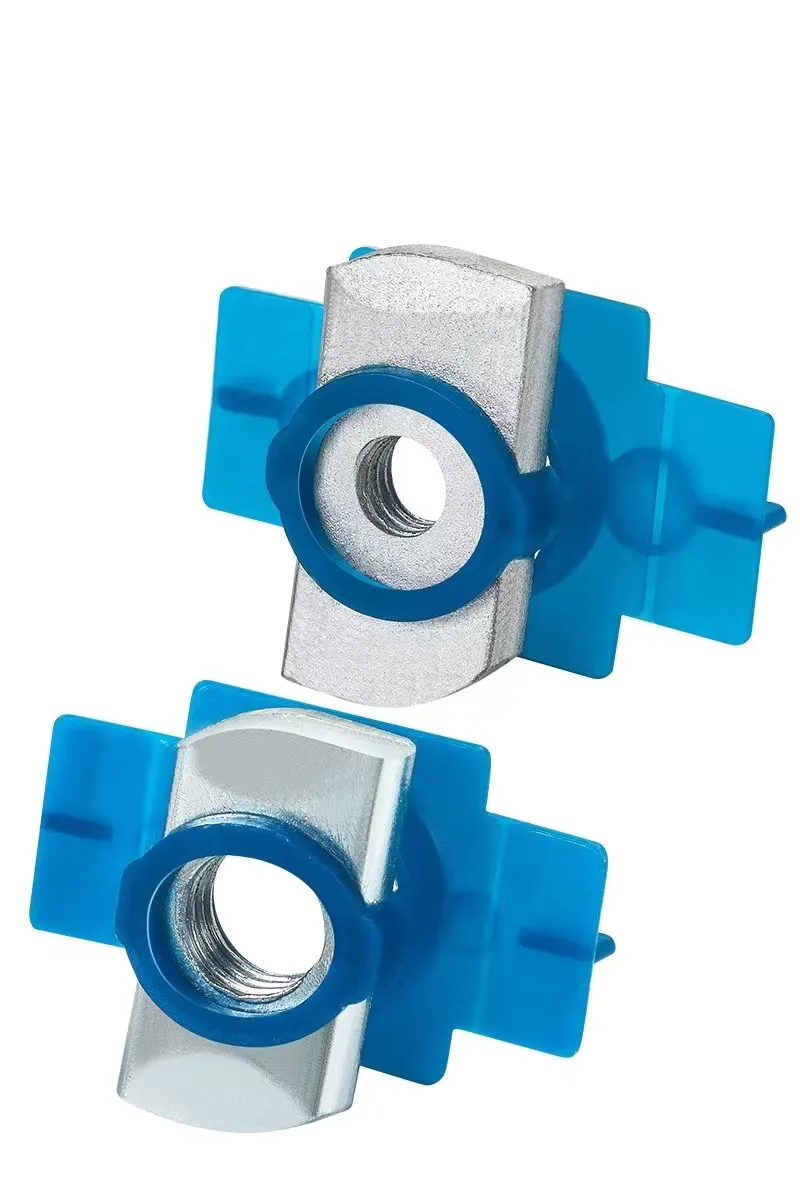

Choosing the Right Anchor Bolts for Structural Steel Applications
Oct . 19, 2024 06:39 Back to list
Choosing the Right Anchor Bolts for Structural Steel Applications
Anchor Bolts for Structural Steel Essential Components for Stability and Safety
Anchor bolts play a crucial role in the structural integrity of buildings and various constructions involving steel. These foundational elements are designed to secure steel structures to their supporting foundations, ensuring that they remain stable and can withstand various forces, such as wind, earthquake, and other dynamic loads. In this article, we will explore the types, functions, installation processes, and considerations associated with anchor bolts used in structural steel applications.
Types of Anchor Bolts
There are several types of anchor bolts, each engineered for specific applications and conditions. The most common types include
1. L-shaped Anchor Bolts These bolts have a 90-degree bend, allowing them to provide a strong anchoring point by embedding into concrete and securing the steel structure on top. The length of the L-shape varies depending on the thickness of the concrete slab and other structural elements.
2. Straight Anchor Bolts These are simply long rods inserted into concrete with their ends exposed for attaching structural steel. They are often used when the load requirements are relatively low.
3. J-bolts These have a J-shaped design and are particularly useful in applications requiring additional gripping strength. J-bolts are often used in foundations of towers or equipment.
4. Sleeve Anchor Bolts Designed for applications where the anchor must be adjusted after installation, sleeve anchors provide versatility and ease of use.
5. Epoxy-Coated Anchor Bolts These bolts are treated with an epoxy coating to enhance corrosion resistance, making them a suitable choice for harsh environmental conditions.
Functions and Importance
The primary function of anchor bolts is to firmly secure structural steel to concrete foundations while accommodating potential movements caused by external forces
. This secure attachment is vital for- Load Transfer Anchor bolts facilitate the transfer of loads from the steel structure to the foundation, considerably affecting the overall structural load distribution.
anchor bolts for structural steel

- Shear Resistance In structures that experience lateral forces, such as wind or seismic activity, anchor bolts help resist shear forces, ensuring the integrity of the built environment.
- Preventing Uplift In specific scenarios, such as during heavy storms or seismic events, anchor bolts prevent the uplift of structures, ensuring they remain firmly grounded.
Installation Considerations
Proper installation of anchor bolts is critical for their effectiveness. Key factors to consider include
1. Placement The placement of anchor bolts must be accurately determined during the design phase. Proper spacing and alignment are vital to ensure that they adequately support the structural loads.
2. Embedment Depth The embedment depth of anchor bolts into concrete is essential for achieving optimum load resistance. This depth is influenced by factors such as the size of the bolt, the type of load, and the characteristics of the concrete mix.
3. Concrete Strength Using concrete with adequate strength is critical to ensure the anchor bolts perform effectively. Higher-strength concrete provides more resistance against shear, pulling, and other forces exerted on the structure.
4. Environmental Conditions For environments prone to corrosion, such as coastal areas, selecting the appropriate type of anchor bolt, such as epoxy-coated or stainless-steel options, can significantly enhance durability.
5. Quality Control Regular inspections and adherence to quality control standards during the installation process can prevent future complications. The use of certified materials and compliance with building regulations contribute to overall project success.
Conclusion
Anchor bolts are indispensable components in the construction of steel structures. Their ability to provide stability and safety makes them vital for infrastructure across various sectors. By understanding the types, functions, installation considerations, and the importance of ensuring quality, engineers and builders can enhance the performance and longevity of their structural projects. With appropriate planning and execution, anchor bolts will continue to play a pivotal role in keeping our built environment secure.
Latest news
-
High-Strength Hot Dip Galvanized Bolts - Hebei Longze | Corrosion Resistance, Customization
NewsJul.30,2025
-
Hot Dip Galvanized Bolts-Hebei Longze|Corrosion Resistance&High Strength
NewsJul.30,2025
-
High-Strength Hot-Dip Galvanized Bolts-Hebei Longze|Corrosion Resistance&High Strength
NewsJul.30,2025
-
Hot Dip Galvanized Bolts-Hebei Longze|Corrosion Resistance&High Strength
NewsJul.30,2025
-
Hot Dip Galvanized Bolts - Hebei Longze | Corrosion Resistance, High Strength
NewsJul.30,2025
-
High-Strength Hot Dip Galvanized Bolts-Hebei Longze|Corrosion Resistance, Grade 8.8
NewsJul.30,2025

